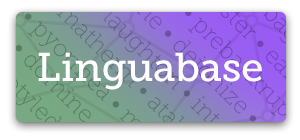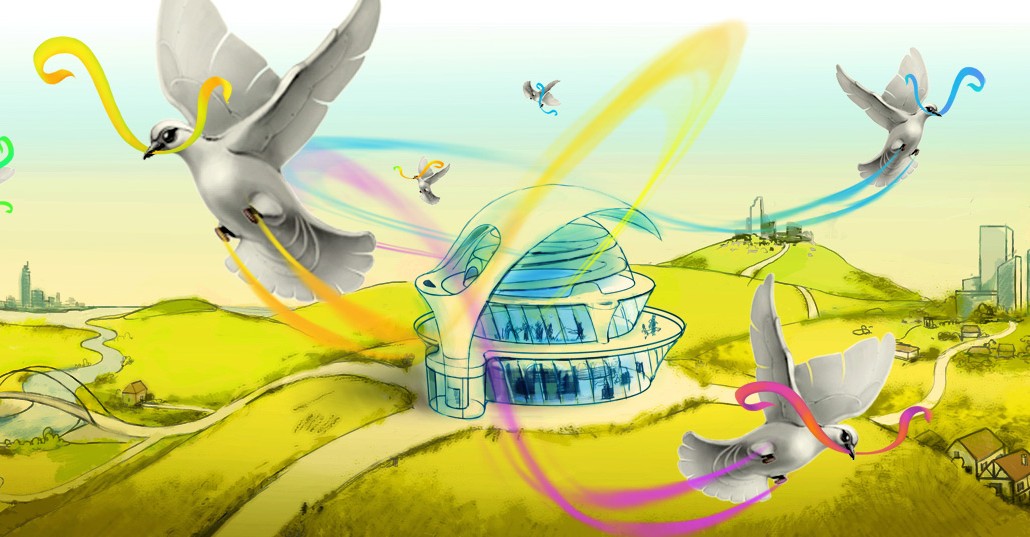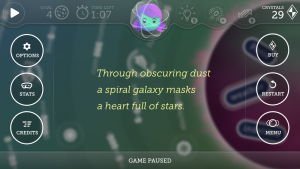Community Embraces New Word Game at Mid-Year Play Day This past Sunday, families at Takoma Park’s Seventh Annual Mid-Year Play Day had the opportunity to experience OtherWordly for the first time. Our educational language game drew curious children and parents to our table throughout the afternoon. Words in Space Several children gathered around our iPads […]
Read moreGenre-Busting Word Games
IDEA pioneered idea-linking games—a new category where meaning becomes play. Our two games demonstrate different approaches to navigating the semantic connections that exist naturally in language.
In Other Words presents daily puzzles where players find paths between seemingly unrelated words by following chains of meaning. It also functions as a permanent, free visual thesaurus with 1.5 million words and 100 million relationships. Unlike traditional word games that focus on spelling or synonyms, players navigate semantic space through meaningful connections.
OtherWordly combines physics-based gameplay with semantic puzzles. Players fling solar words through space to match them with orbiting targets, deciphering missing letters while dodging cosmic debris. With 15 adaptive difficulty levels, extensive accessibility options, and teacher-crafted content, it serves everyone from English learners to vocabulary experts.
Both games draw from our Linguabase, a semantic network built over a decade that maps how words connect through categorical relationships, functional connections, and cultural associations. This massive database enables gameplay that mirrors how we naturally think about language—through meaning, not letters.
Language Database

IDEA’s Linguabase contains 1.5 million words and 100 million weighted relationships, serving as the foundation for our word apps and games. Built over a decade through novel lexicographic research involving natural language processing, it represents one of the most comprehensive semantic networks ever created.
The Linguabase discovered that 76% of random English word pairs connect in seven hops or fewer, revealing language’s “small world” property. This finding enables our games to create intuitive pathways between any two words.
This same semantic intelligence that powers our games is available to partners building educational technology, AI training systems, and language applications. Learn about partnership opportunities.
WebExhibits

Launched in 1999, IDEA’s WebExhibits was one of the first online museums. At the time of WebExhibits’ inception, interactive virtual exhibits were outside the realm of possibility for institutions whose core competencies lay in managing brick and mortar operations and planning educational activities. With 10 exhibits and more than 110 million unique visitors, IDEA’s virtual museum helped illustrate the potential for physical museums to extend their reach and increase their impact by embracing online displays.
Older Programs
IDEA has always pushed the envelope to advance scientific, artistic, and cultural literacy. We developed tools for visualizing color theory (ColoRotate) that turned the iPad “into the ultimate Photoshop color-picker.” We created SpicyNodes, viewed by more than 40 million users, for visualizing information as radial mapping trees. We built the U.S. National Clock (time.gov) in 1999 and worked with institutions from the Prado Museum to NOVA on digital initiatives.
From healthcare calculators to Native American cancer education tools, from AASLH professional development resources to experimental apps, our 25-year history demonstrates consistent innovation at the intersection of technology and education.



